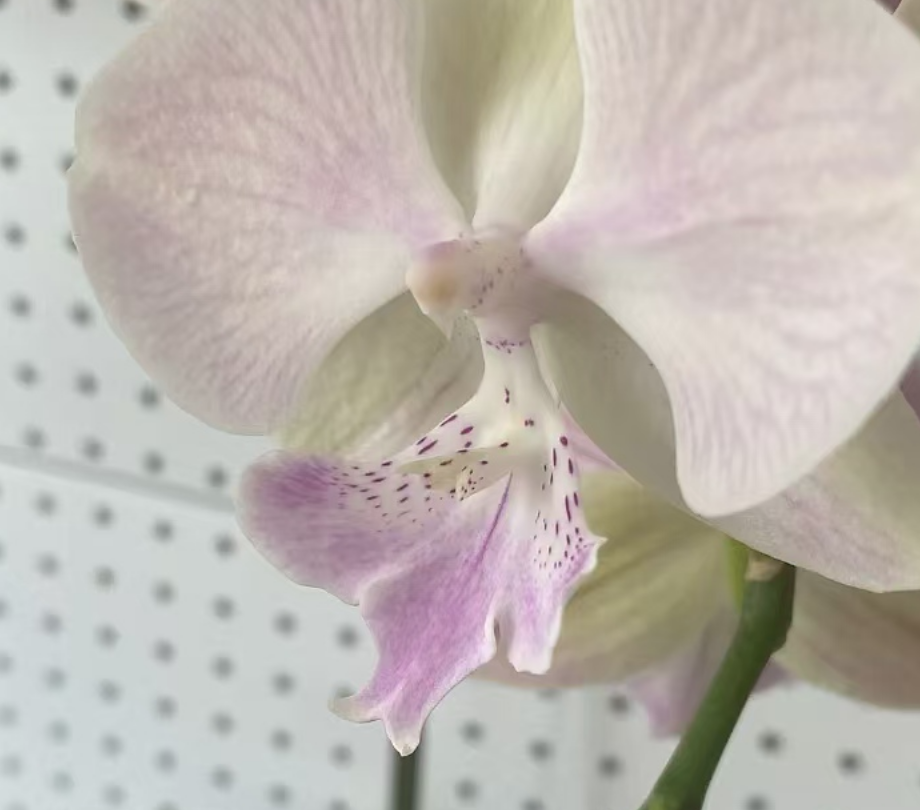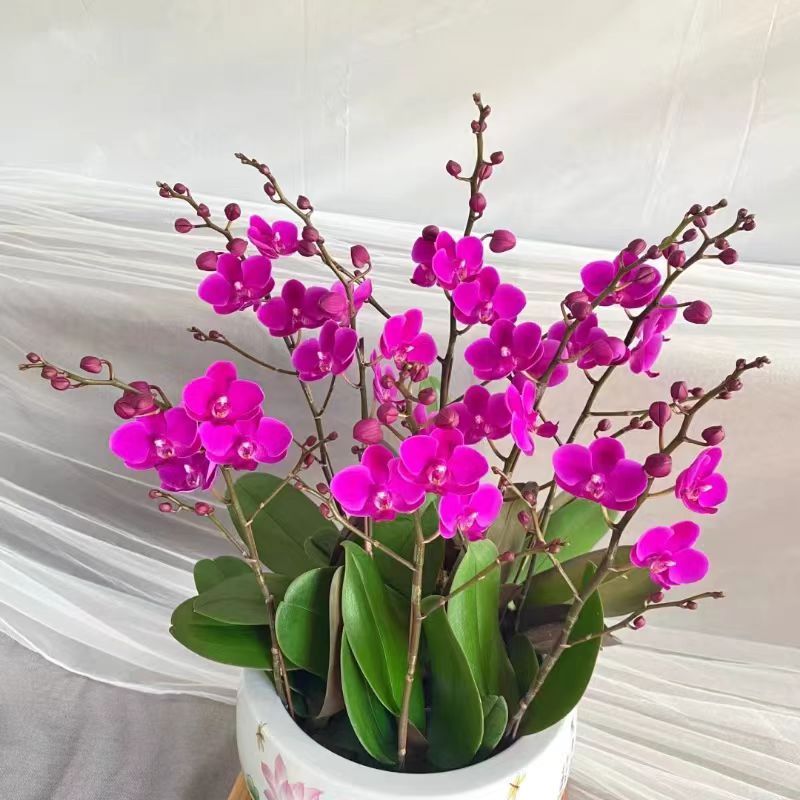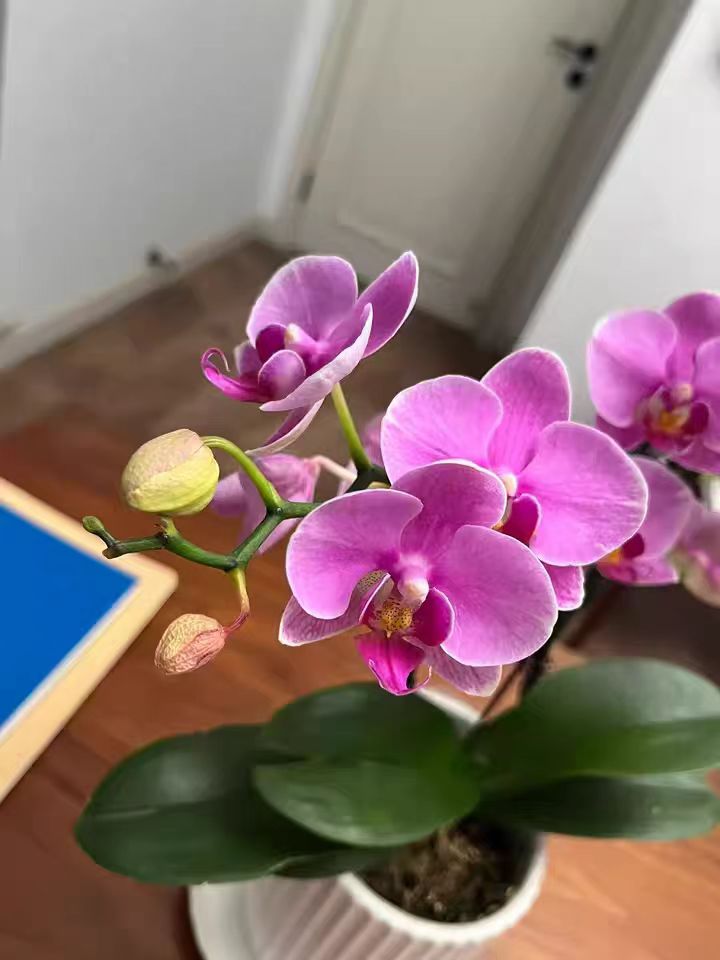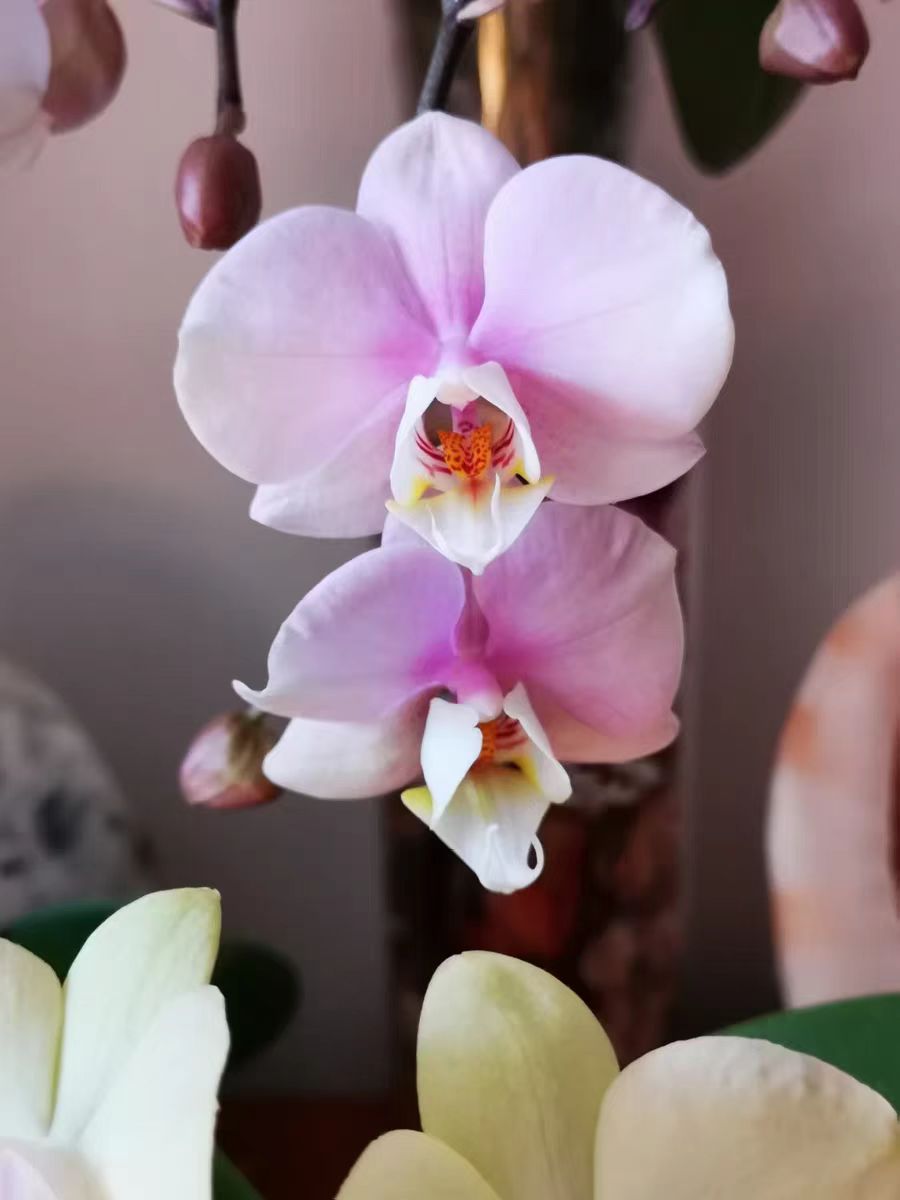Generally speaking, when ordinary flower enthusiasts choose flowers at flower stalls, they often may only pay attention to the quality and quantity of the flowers. Although this method can be applied to most flowers, it is not suitable for choosing phalaenopsis. Because the immediate number of flowers on phalaenopsis cannot represent its good quality. To quickly identify its healthy state and good quality, one must definitely look at the root condition, especially the aerial roots. Moreover, there should be at least two or more plump aerial roots. The following text will conduct an in-depth discussion centered on the importance of the roots of phalaenopsis.
In the process of choosing phalaenopsis, the roots are a crucial observation point. Because the root condition reflects the health degree of the plant. Especially when choosing, one should carefully observe the color and plumpness of the roots and try to find roots with bright color and luster and no signs of rot or withering. If everyone only pays attention to the flower condition when choosing and does not notice that the roots are rotted or too dry when purchasing, for later maintenance, it is particularly prone to being invaded by pests and diseases, or it will simply die if not properly cared for.
A detailed analysis of why aerial roots are so important for phalaenopsis is that because its roots mainly absorb moisture and nutrients from the air. Relative to the human heart, it plays a role in supporting the life of the plant. For a healthy root state, one can refer to seeing if the root system has a white or light gray color. At the same time, there also need to be at least two or more plump aerial roots. Meeting these two conditions can be considered a healthy root. If the roots are observed not to be in this state but rather wrinkled or rotted, it means that the plant is prone to being unable to absorb nutrients normally in the later stage, which in turn affects the branches and flower buds from absorbing moisture, leading to withered flowers.
In addition, to judge whether the root morphology is healthy, one can also look at the tightness of the roots. If it is too tight, it may be due to root hypoxia caused by excessive watering. If the roots are too sparse, it may be due to insufficient nutrient absorption. Therefore, by observing the color and morphology of the roots, we can have an intuitive understanding of the health status of phalaenopsis and thus make more reasonable maintenance decisions.
To determine whether a phalaenopsis is alive

Share with
Tagged in :




Leave a Reply